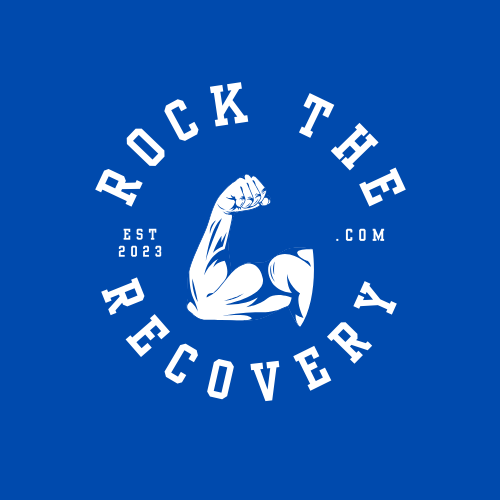Both Physical Therapists and Chiropractors utilize manipulation (or adjustments) as a manual technique in helping you toward your recovery due to joint pain. These manual techniques are defined as a high in velocity and low in amplitude joint mobilization. The provider will perform the technique by eliminating the “slack” of the joint and then providing a quick thrust movement. Then you feel a lovely “crack” or “pop” and in many instances you have that ‘ahh relief’ feeling. When done correctly, by a trained professional these techniques have a great part to play in treatment of certain ailments. This article discusses some considerations you want to be aware of before having this done to you.
Why PT Manipulations or Chiropractic Adjustments?
As noted above, these manipulations are performed by taking up all the available motion of the joint, then very intensely and at a high velocity thrusting through the limitation. The goal is to improve a limited or abnormal range of motion or posturing. In just a second your limitation can be released, and normal movement can ensue. The “cracking” sound you hear is called a cavitation. The sound is a release of gasses from inside the joint. So far so good right?
With your first manipulation you have immediate relief, and you go on your way. In some instances, you may be okay after that. For the majority of us though, the pain sneaks back in over the course of the next few days or weeks.
Why did your pain come back? Well, you likely didn’t eliminate what caused your pain in the first place. Your body was hurting for a reason and without eliminating or improving this behavior it’s going to come back. Do you stare at a laptop all day with poor posture and rounded back? Are you constantly staring at your phone in your lap with your neck flexed? Do you have a terrible golf swing? Do you often carry a heavy bag or child on the same hip or shoulder? Returning to these habits will likely cause your pain to return.
To prevent relapse, it is important to understand the root cause of your pain and be educated on prevention. Your provider – whether a PT or Chiropractor – can help you modify your behaviors or show you appropriate strengthening exercises to help maintain the newly improved joint after adjustment. Without this important follow up to resolving the cause, your pain and stiffness will almost assuredly return, and you will probably find yourself back in the office, once again being manipulated. This leads to potential problem number two.
You have now entered a revolving door of manipulations. Your provider has instructed you to come in one time per week for a ‘tune up” manipulation. This leads you to another potential issue. Let’s use your spine as a great example, a popular site for manipulations. Your spine is a stacked series of spinal levels or bones. Between each bone is a joint with the potential to be manipulated. With so many flat joints stacked closely together the bones themselves have little to no stability. This stability comes from soft tissues, including ligaments and muscles, that span from level to level.

Now imagine that this set of muscles and ligaments are being thrusted through a manipulation on a regular basis. During a manipulation a good amount of stretch is placed on the soft tissue stabilizers. Frequent stretching leads to chronic instability. Instability of the joint leads to a host of other issues including arthritic changes, bone spurs, and other major and unwanted diagnosis and pain. Possibly surgery. Maybe this needs to be said: instant gratification is not always in your best interest. We have one spine which houses our ever important spinal cord, so let’s think long term.
Safe Implementation
By using a manipulation, your practitioner has provided you with an excellent treatment technique to improve and begin healing your ailment by decreasing pain, and improving motion and posture. However, here are a few more things to consider.
Know who you are allowing to manipulate your joint. These treatments are serious and potentially cataclysmic if not performed in the right way, on the right person, and by the right person. The practitioner needs to be in the know about your past medical history and needs to have performed a thorough examination, possibly including imaging like x-rays, because many medical diagnoses would eliminate manipulation as an option. These include, but are not limited to diagnoses of osteoporosis, cancer in the bone, spinal cord compression, or cardiac complications like aortic aneurysms or stroke. It also takes a skilled and experienced clinician who uses research-based rules to see if the manipulation is warranted before continuing. In PT we call these clinical prediction rules. As important as it is for the PT or Chiro to rule in the idea of a manipulation. It is equally important for you to understand it is in your right to refuse the treatment if you are not comfortable.
Conclusion:
This heeding of warning is not to scare you off from the treatment, but instead provide you with information to make safe and appropriate decisions about your care. I would allow a Chiropractor or a PT to perform a manipulation if I needed one. However, like in any profession, there may be practitioners who are utilizing these treatment options inappropriately. I encourage you to never agree to frequent manipulations of the same joint. And, I would always follow up the manipulation with continued interventions like therapeutic exercise and/or neuromuscular re-education. This way the pain will be less likely to return.
I hope you found this article informative in helping you in your Path to Recovery! Like any treatment from any healthcare provider it is important that you understand the risks and rewards and understand what to look for before giving your consent.
Armed with the appropriate knowledge you can go in feeling confident that you can advocate for yourself. More informative articles to come!
Follow us on Twitter, or on Facebook for more posts and updates.


